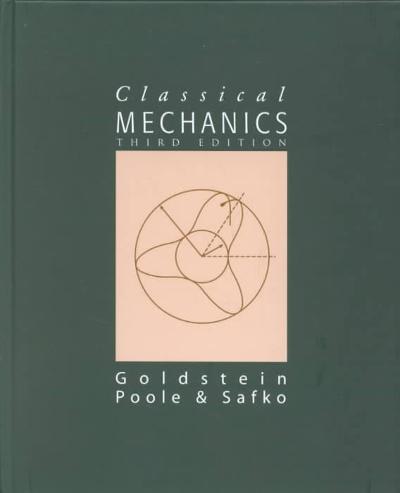Work out the following problems.
Activity 1:)On a flat, level road. a 1500 kilogram car travels around a curve having a constant radius of45 meters. The centripetal acceleration of the car has a constant magnitude of 3.2 meters per second squared. A)Calculate the car's speed as it travels around the curve. Include units. BlDetermine the magnitude of the centripetal force acting on the car as it travels around the curve. C)What force provrdes the centripetal force needed for the car to travel around the curve? Dleescribe what happens to the magnitude of the centripetal force on the car as it travels around the curve if the speed of the car decreases. 2:}A ski area ropetow pulls a 72.0 kilogram skier from the bottom to the top of a 40.0 meterhigh hill. The rope-tow exerts a force of magnitude 158 Newtons to move the skier a total distance of 230 meters up the side of the hill at constant speed. AiCalculate the total amount of gravitational potential energy gained by the skier while moving up the hill. BJWhat happens to the amount of work done on the skier chooses to go on a steeper path to the same height? C)Describe what happens to the total mechanical energy of the skier-hill system as the skier is pulled up the hill. 3')Comp|ete parts A and B A gas-powered model airplane has a mass of 2.50 kilograms. A student exerts a force on a cord to keep the airplane flying around her at a constant speed of 18.0 meters per second in a horizontal, circular path with a radius of 25.0 meters. AJCalculate the kinetic energy of the moving airplane. B)Calcu|ate the magnitude of the centripetal force exerted on the airplane to keep it moving in this circular path. AHA t .2 x 103 kg car is traveling east at 25 meters per second. The brakes are applied and the car is brought to rest in 5.00 seconds. AJCalculate the magnitude of the total impulse applied to the car to bring it to rest. B)State the direction of the impulse applied to the car. 5)A spring. with a spring constant of 100 Newtons per meter, possesses 2.0 joules of elastic potential energy when compressed. Calculate the springs change in length from its uncompressed length







